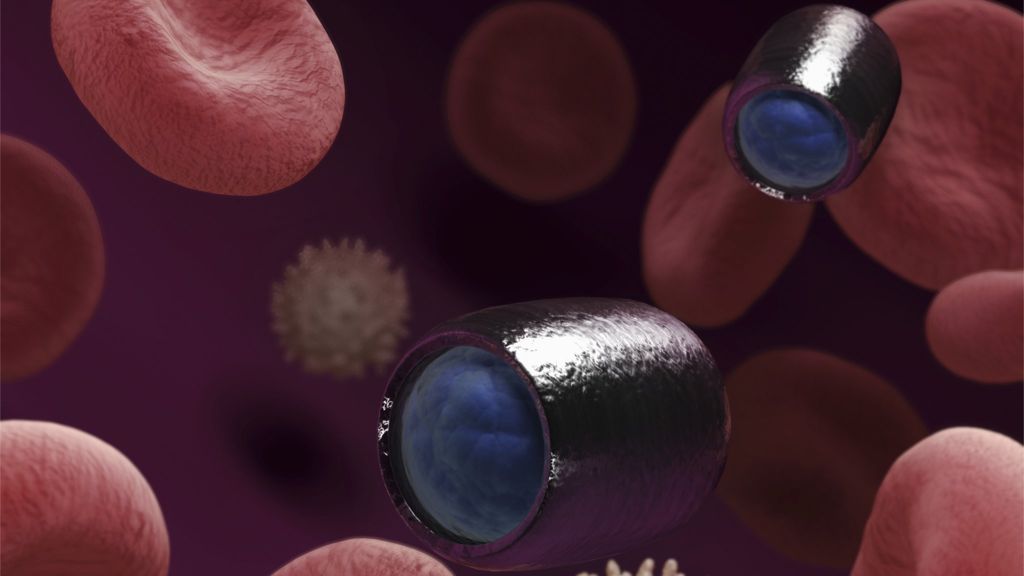Rapamycin could lead to the development of drugs to delay some aspects of aging in particular the immune systems decline with age.
Nearly a decade of research showing that Rapamycin makes mice live up to 60% longer, scientists are trying it out as an anti-aging drug in dogs and humans.
Researchers at the University of Washington’s Dog Aging Project gave rapamycin to 16 dogs and imaged their hearts.
“It started to function better. It started to look like a more youthful heart,” said Matt Kaeberlein, co-director of the Dog Aging Project, who has presented this research at conferences but hasn’t yet published it.









